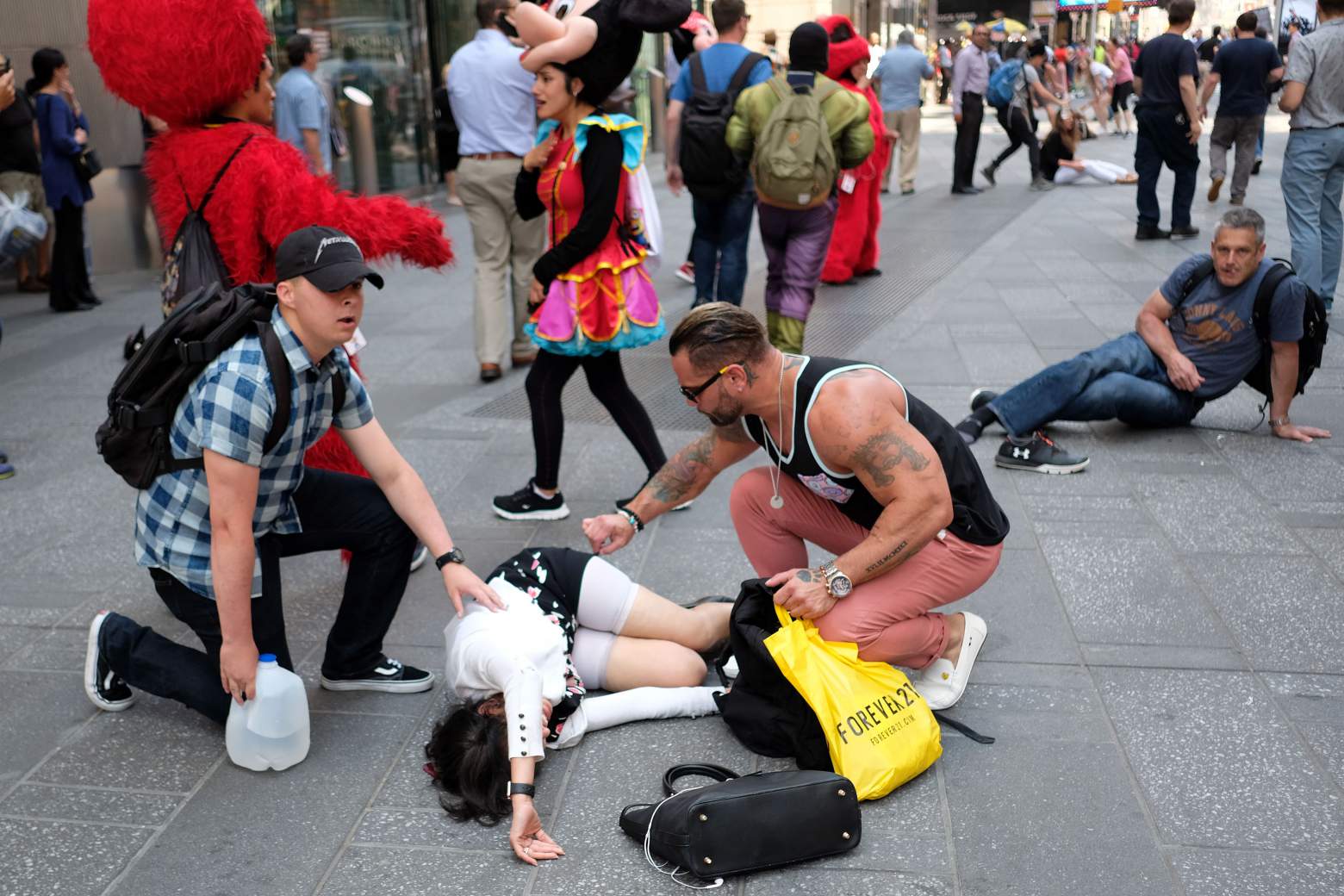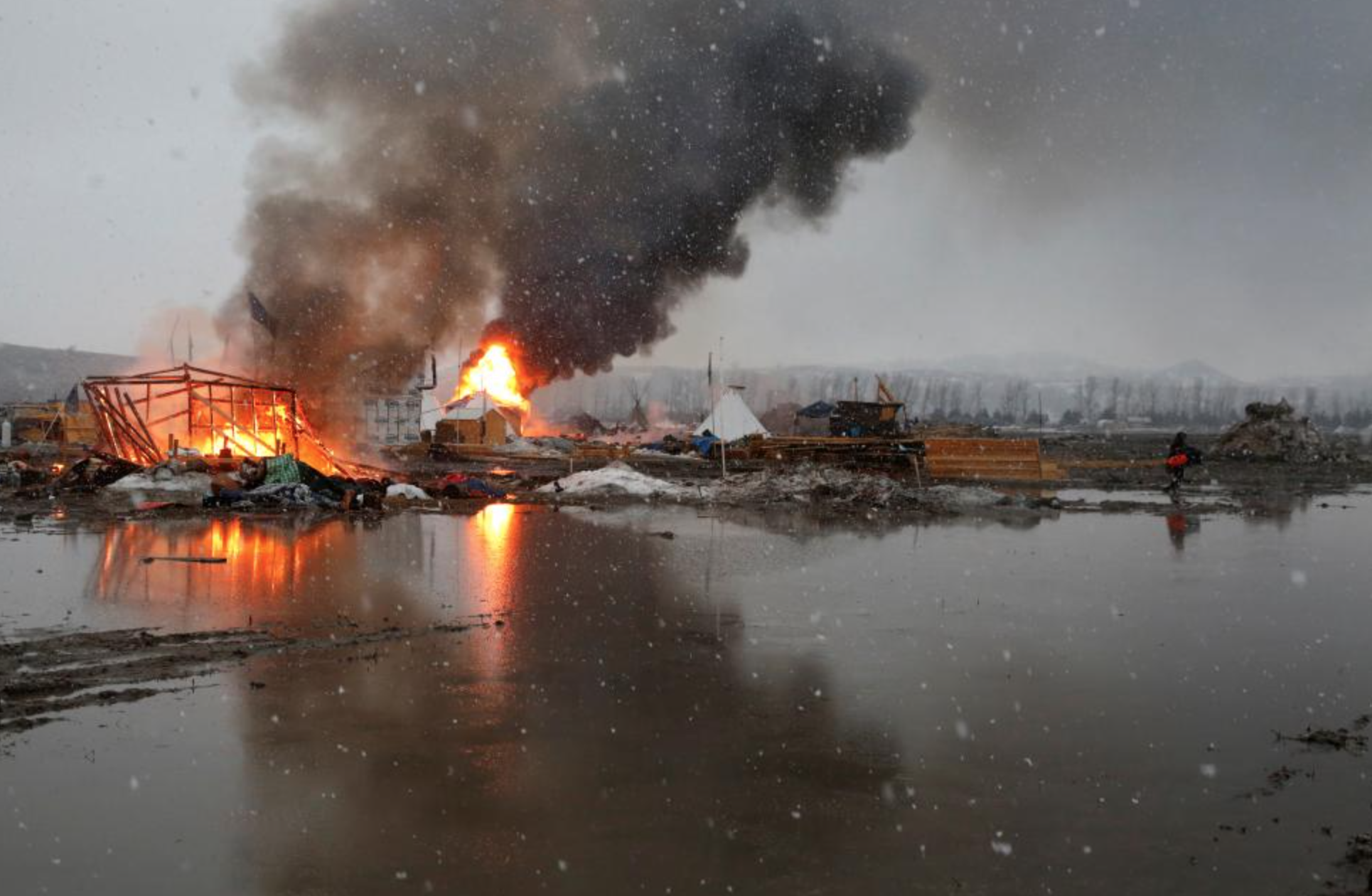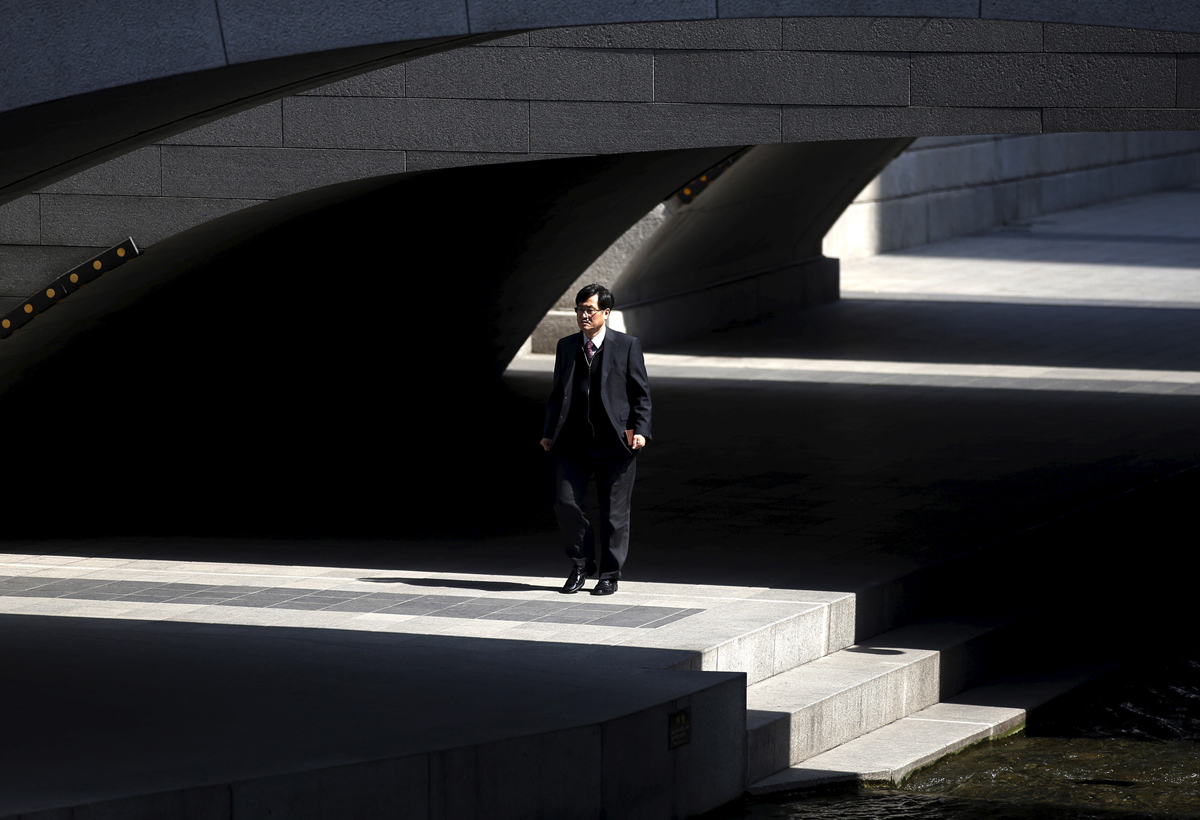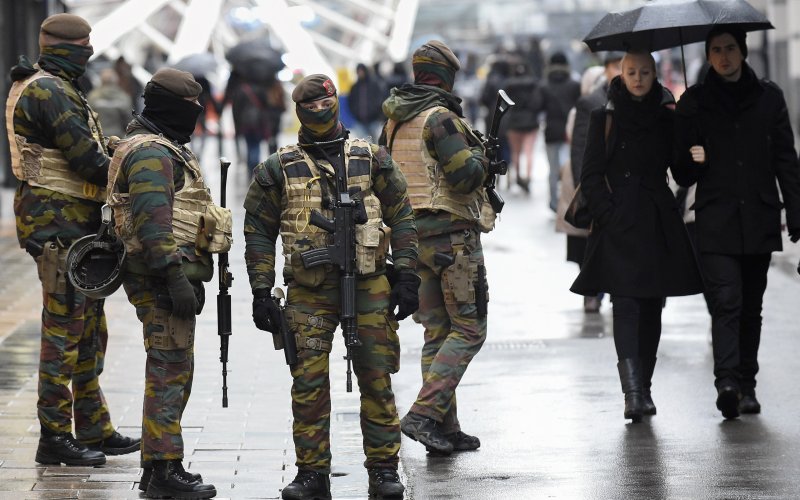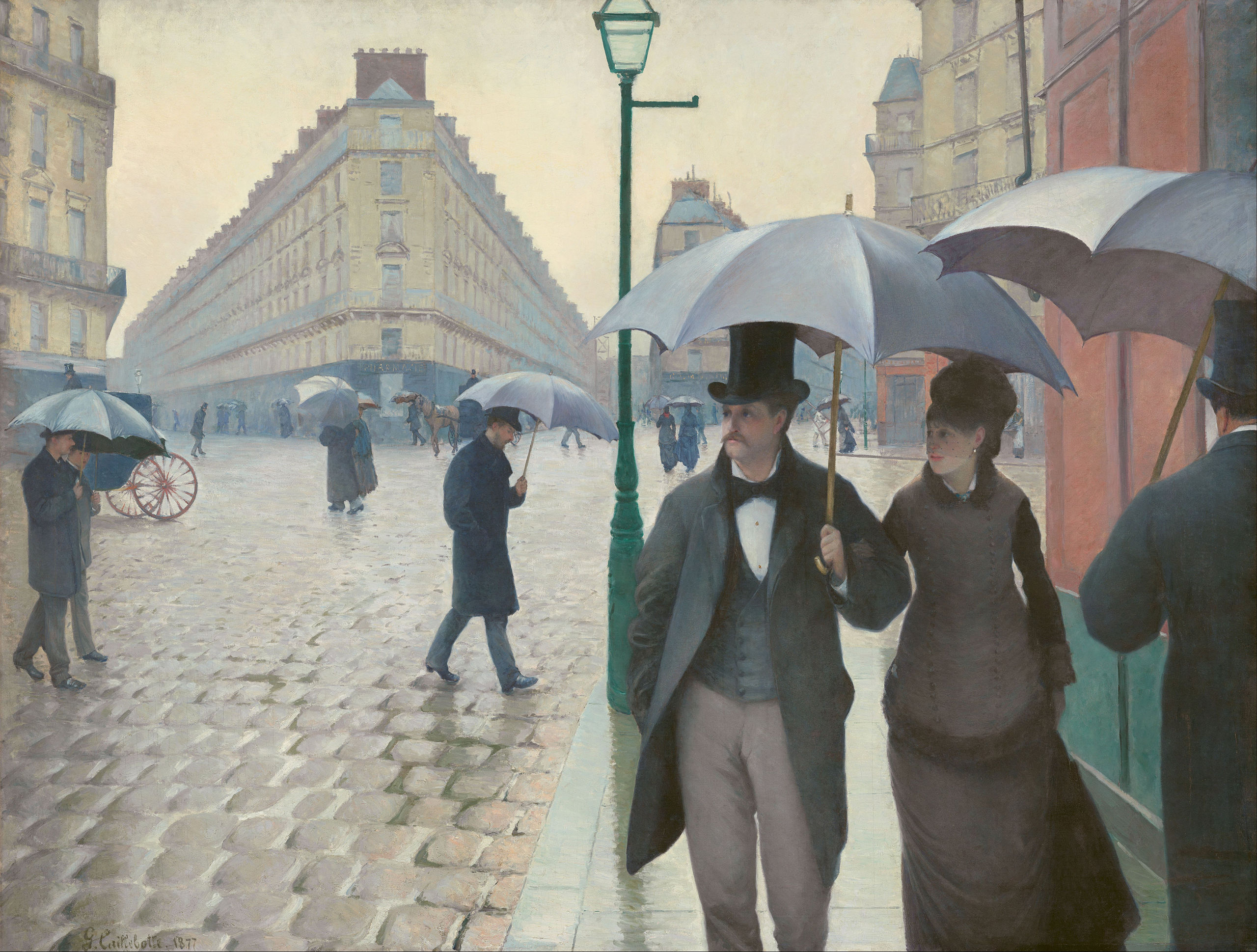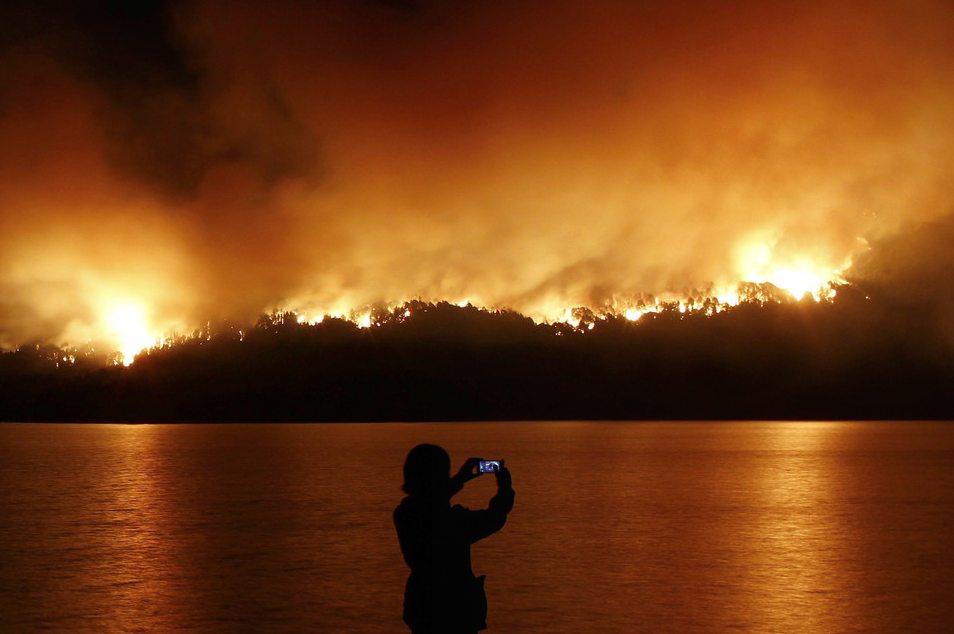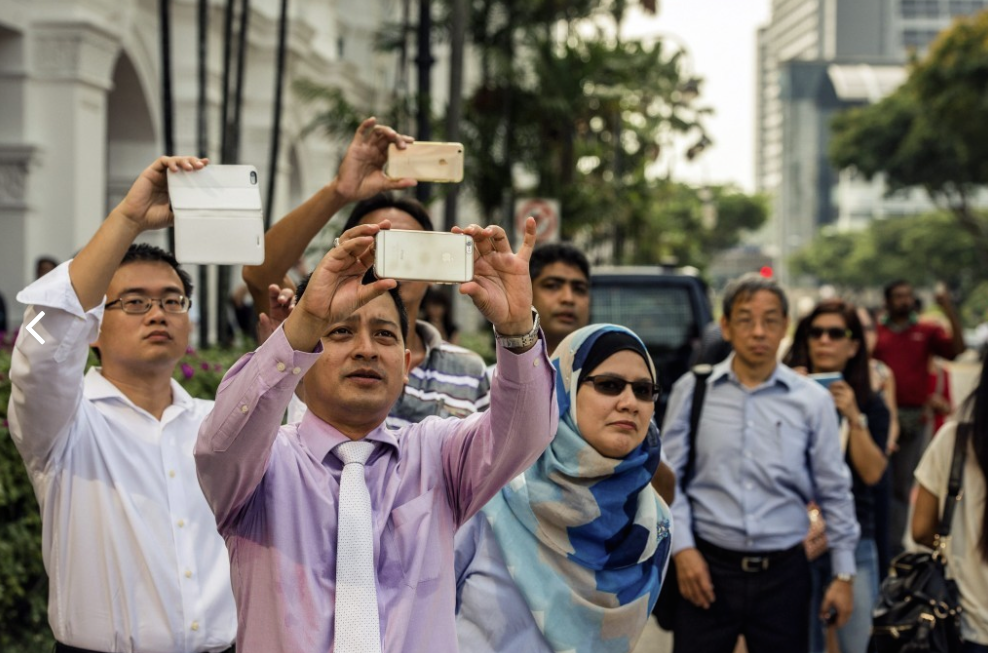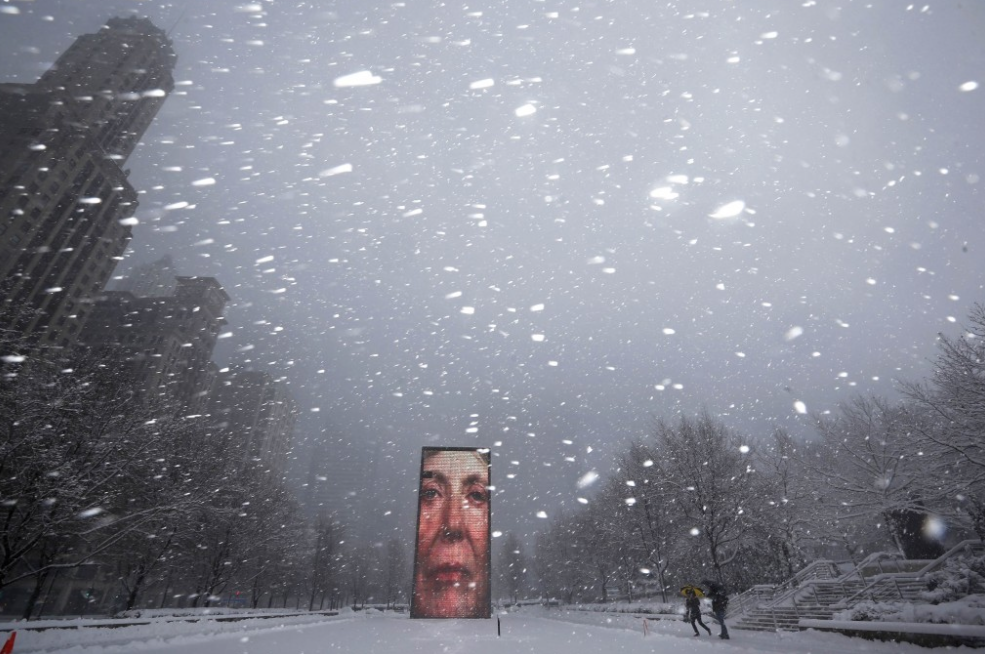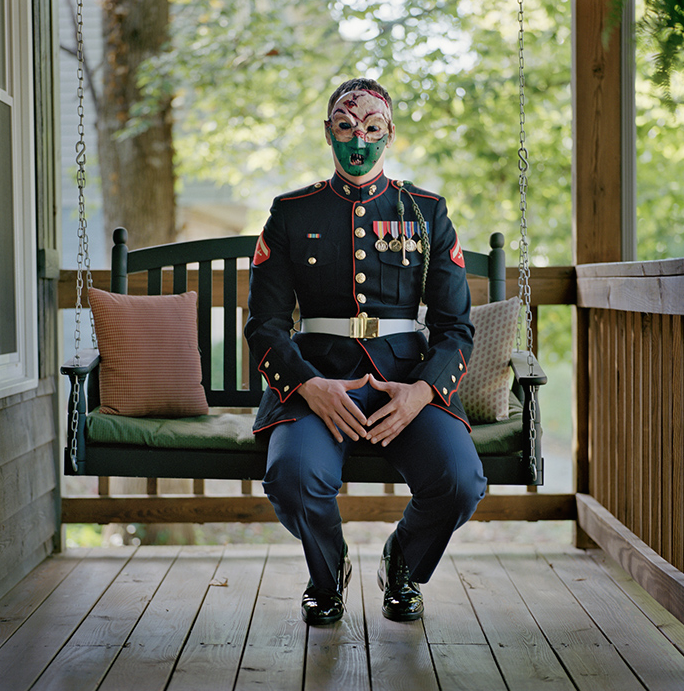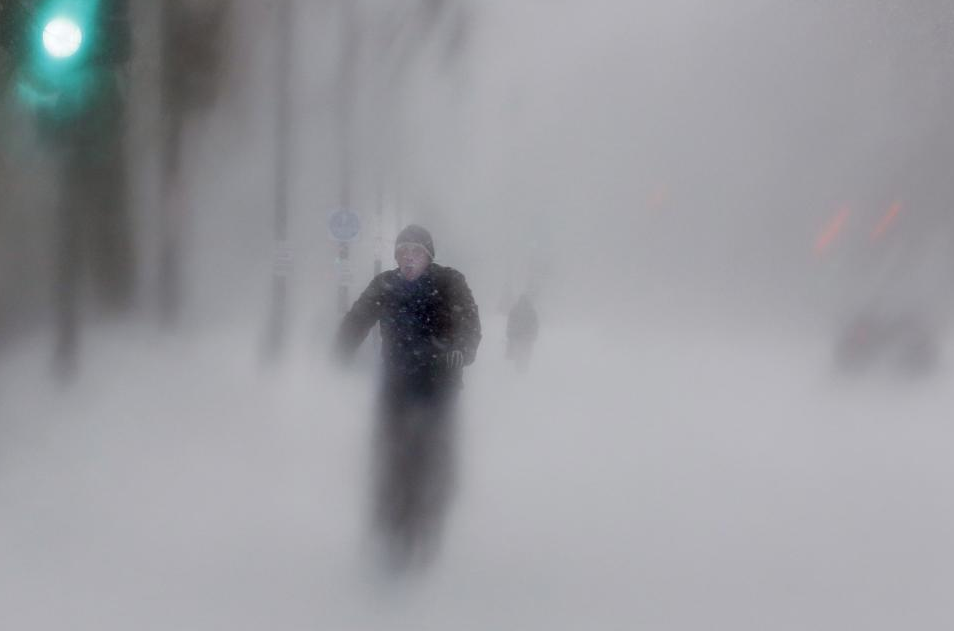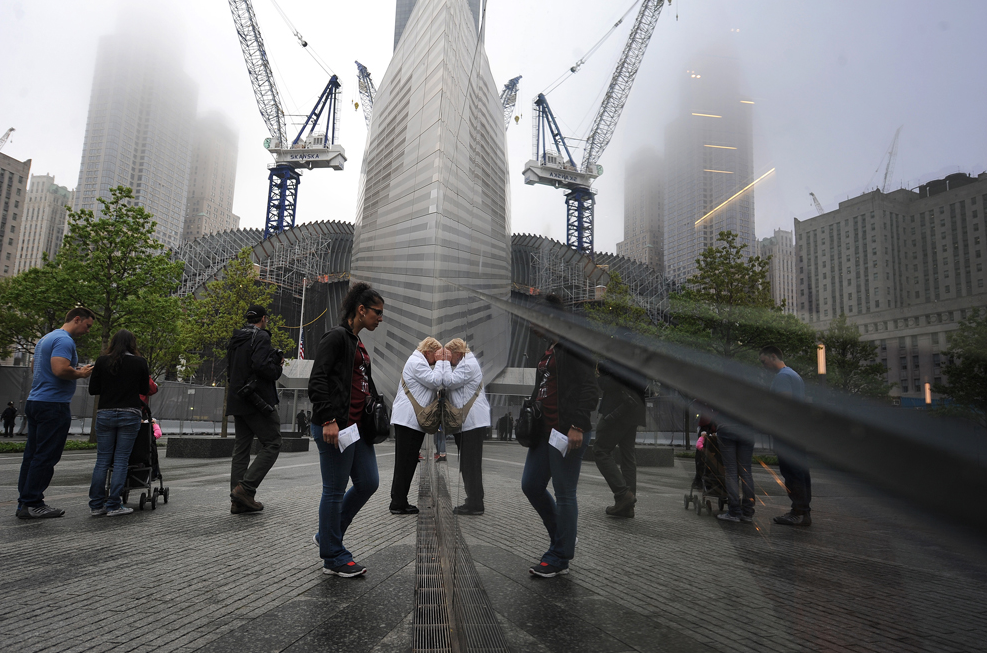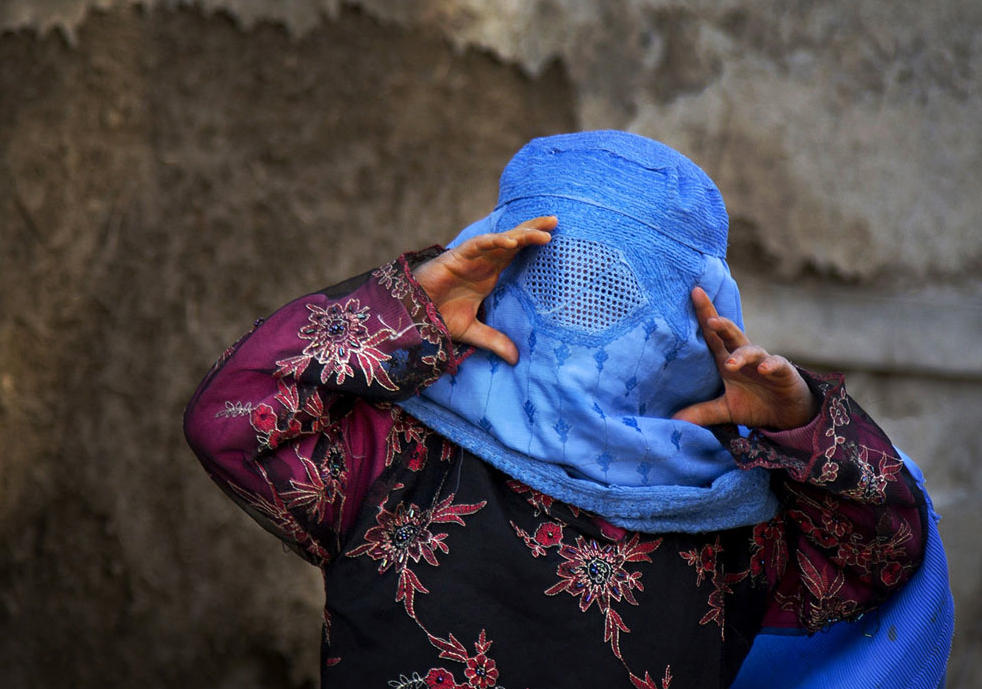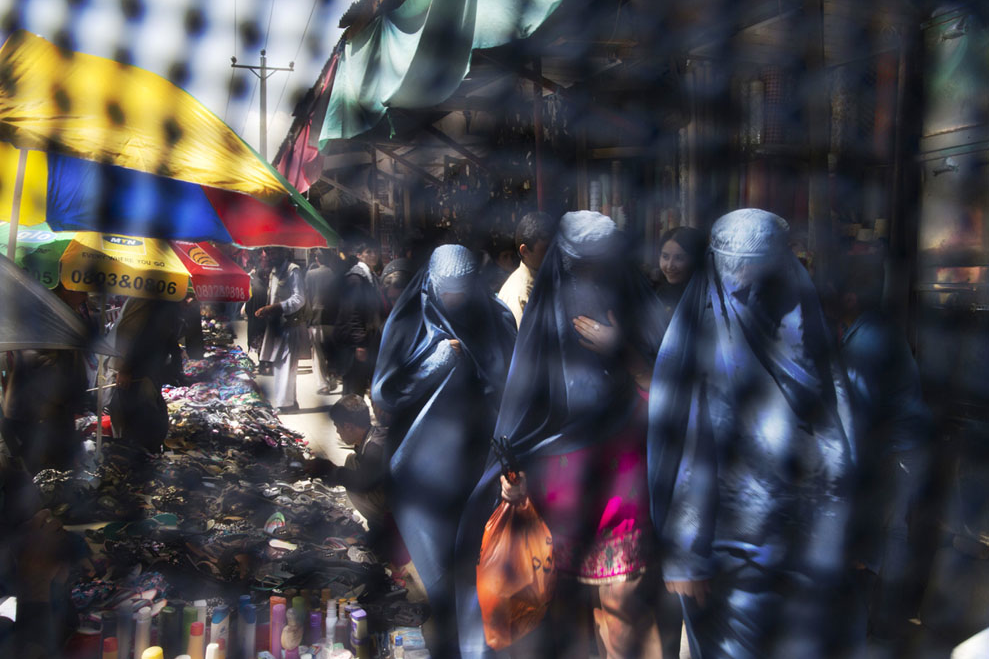ThIs image is my pick for photograph of the week. Trigger warning for the sophisticated: I’m going to get sentimental.
The car plowing through the pedestrians in Times Square wasn’t a terrorist attack, but it could have been. Same levels of surprise and senselessness. Same aftermath of shock, injuries, death, disruption, and fear. Unfortunately, we know the basic story too well.
But that’s not the only story. This photograph reminds us of another: one that always is there but also is too easily forgotten. The story of how ordinary people step up and lean in to help those around them. To help those strangers around them–people they don’t know, whom they won’t see again, who can’t be expected to return the favor.
There are two helpers in the foreground of this photograph, each of them reaching out to the injured woman between them. One places a hand to offer gentle reassurance while looking up as if to watch for another threat or additional help. His balanced stance is protective and yet careful: he isn’t going to move her unnecessarily or otherwise go beyond his skill level. He can only do so much, but he is there for her.
What makes the photograph, however, is the man on the right. He mirrors the general sense of concern posed by the man on the left, but now responsiveness acquires incredible sensitivity and nuance. He ever so carefully pinches the hem of her skirt to pull it back down over her undergarment. His fingers, arm, and body are finely tensed in an act of precision, as if removing a mote of dust from a precious artwork. He acts to protect her modesty, and so respectfully that he will not frighten her or add in any way to her sense of violation and helplessness. She has been hit by a car and thrown to the pavement, but she will not be manhandled.
That lightness of touch is heightened by the contrast with his massive arms. Nor does it end there: he is a picture of carefully styled masculinity. Although he won’t be Forever 21, he is looking damn good. Personal discipline and public display are fused in his self-fashioning, but it turns out that fashion is only one part of who he is, and of what it means to live among strangers in New York City. His delicate gesture is an affirmation of the dignity of the individual person, no matter who she is or how she has been harmed.
And of course it is a New York moment all the way down the street: from people in costumes to that dude with the greenish jacket and backpack who could be a Ninja Turtle. (Is he in costume or not? You tell me.) The scene could appear in the New York Times’ Metropolitan Diary, except for the fact that people were being injured and killed.
And, as happens in New York or in Naperville, Illinois or in many, many other places, ordinary people respond to disasters in a New York minute. The police, fire, and other first responders are still crucial, as are the dedicated emergency room staffs and all the rest that locks into place to provide emergency care. But let’s not forget these moments of simple caring that are there to be seen briefly. They are acts and signs of the social trust and commitment to a common life that is essential for living together.
There is no art of the deal here. No market exchange or competitive advantage or utility maximization, and nothing is monetized. Instead, people are acting like fellow citizens. And so they are, whatever their status otherwise. Citizens of New York, and citizens of photography, visible yet unnoticed most of the time, yet ready to help one another without bidding. Examples for us all.
Photograph by Jewel Samad/Getty.
